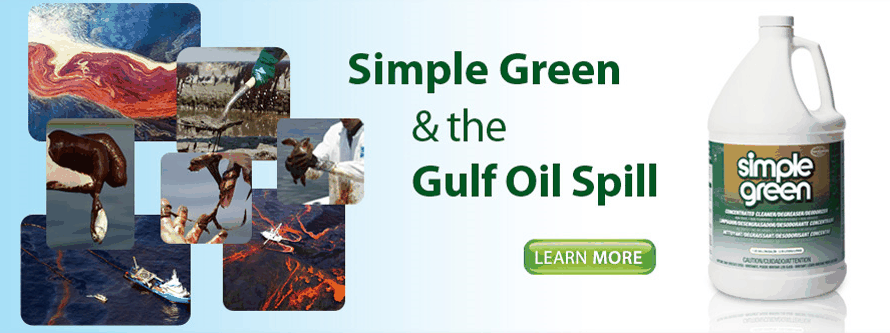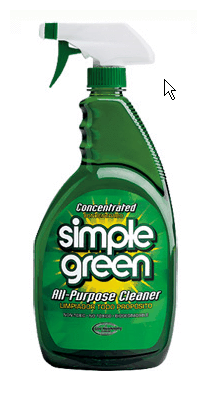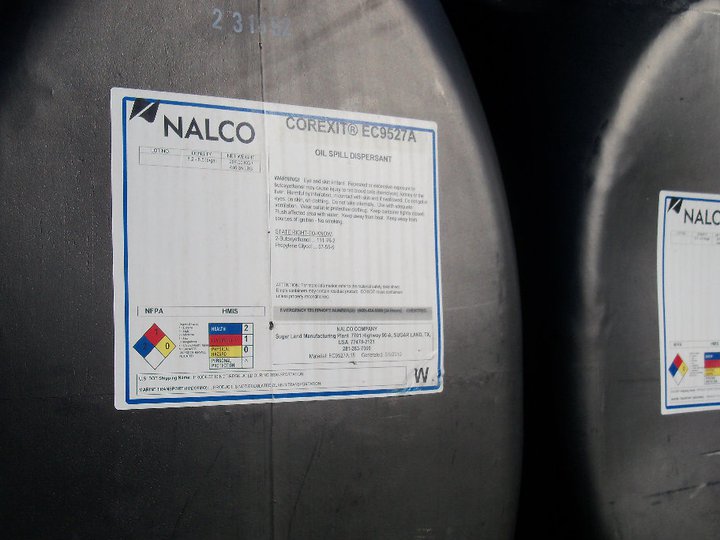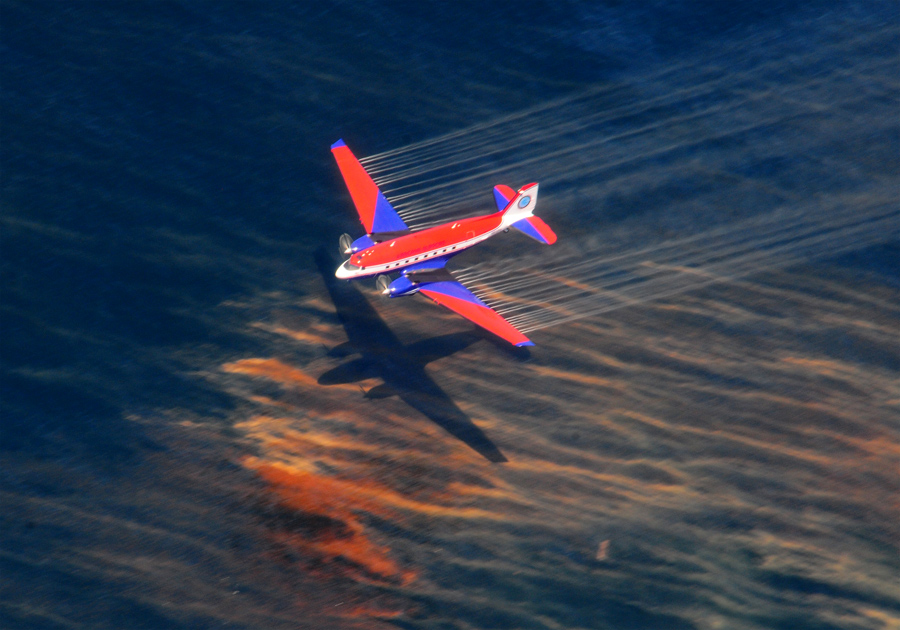Simple Green, a hugely popular household cleaner, is marketed to the consumer as a "non-toxic," "biodegradable," and "non-hazardous" alternative to presumably more toxic cleaners. And yet, the material safety data sheet (MSDS) for Simple Green, which is federally mandated to be made available to the consumer by the product manufacturer (in this case Sunshine Makers, Inc.), tells a radically different story.

It is classified, according to the Dangerous Substance Directive (one of the main European Union laws concerning chemical safety), as "Harmful (Xn)," and has recently been recommended by Environment and Health Canada to be added to the Schedule 1 toxic substances list of the Canadian Environment Protection Act (CEPA). It is also listed by the state of California as a "hazardous substance" and a "toxic air contaminant." Hmm? Non-Toxic, really?
The MSDS for 2-butoxyethanol indicates the following:
- Its Domestic and International Proper Shipping Name is: "TOXIC LIQUIDS, ORGANIC, N.O.S. (2-BUTOXYETHANOL)."
- Exposure Controls/Personal Protection: "Confirmed animal carcinogen with unknown relevance to human."
- Potential Health Effects: Inhalation: "Causes irritation to the respiratory tract. Symptoms may include sore throat, coughing, headache, nausea and shortness of breath. High concentrations have a narcotic effect."
- Potential Health Effects: Ingestion: "Causes irritation to the gastrointestinal tract. Symptoms may include nausea, vomiting and diarrhea. Toxic! May cause systemic poisoning with symptoms paralleling those of inhalation."
- Potential Health Effects: Skin Contact: "May cause irritation with redness and pain. May be absorbed through the skin with possible systemic effects."
- Potential Health Effects: Eye Contact: "Vapors are irritating and may produce immediate pain, redness and tearing. Splashes can cause severe pain, stinging, swelling."
- Chronic Exposure: "Prolonged or repeated exposures can cause damage to the liver, kidneys, lymphoid system, blood and blood-forming organs."
- Aggravation of Pre-existing Conditions: "Persons with pre-existing skin disorders, eye problems, impaired liver, kidney, blood, respiratory or lymphoid system function may be more susceptible to the effects of the substance."
View the Material Data Safety Sheet for 2-Butoxyethanol here.
View the Greenmedinfo.com page on 2-Butoxyethanol here.
Also, back in 2007, the San Francisco Chronicle did a piece on products containing 2-butoxyethanol, and found that they likely present a health hazard, especially to women, children and the elderly. Moreover, it was found that "people using some common products containing EGBE could be exposed to levels 12 times greater than California's one-hour exposure guideline." [View entire article].
Addendum: Simply Green Washing In the BP Gulf Oil Disaster
Corexit 9527- now do your remember where you first heard about 2-butoxyethanol?
The active and so-called "non-toxic" ingredient in Simple Green was the very reason why the 9527 Corexit dispersant formula was eventually forbidden for use by the EPA in the BP oil disaster cleanup efforts. It was the absence of the highly toxic and controversial 2-butoxyethanol in the 9500 Corexit formula that made it a "safer" alternative. It is believed that 2-butoxyethanol contributed to the significantly shorter lifespan of Exxon Valdez clean-up workers and is why Corexit 9527 was banned in the United Kingdom.
Would you believe Simple Green is actually marketing their 2-butoxyethanol-containing products as safe clean-up solutions in the aftermath of the Gulf Oil Disaster?







I've been using this product for years thinking it wasnt toxic. How frightening! I am going to get rid of this asap. The company that makes this should be sued for false advertising!